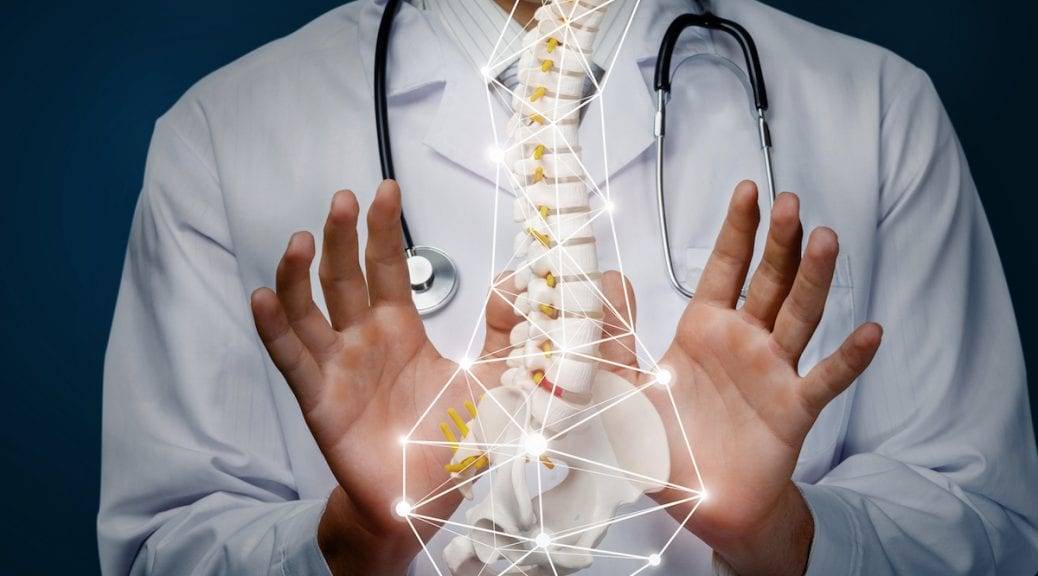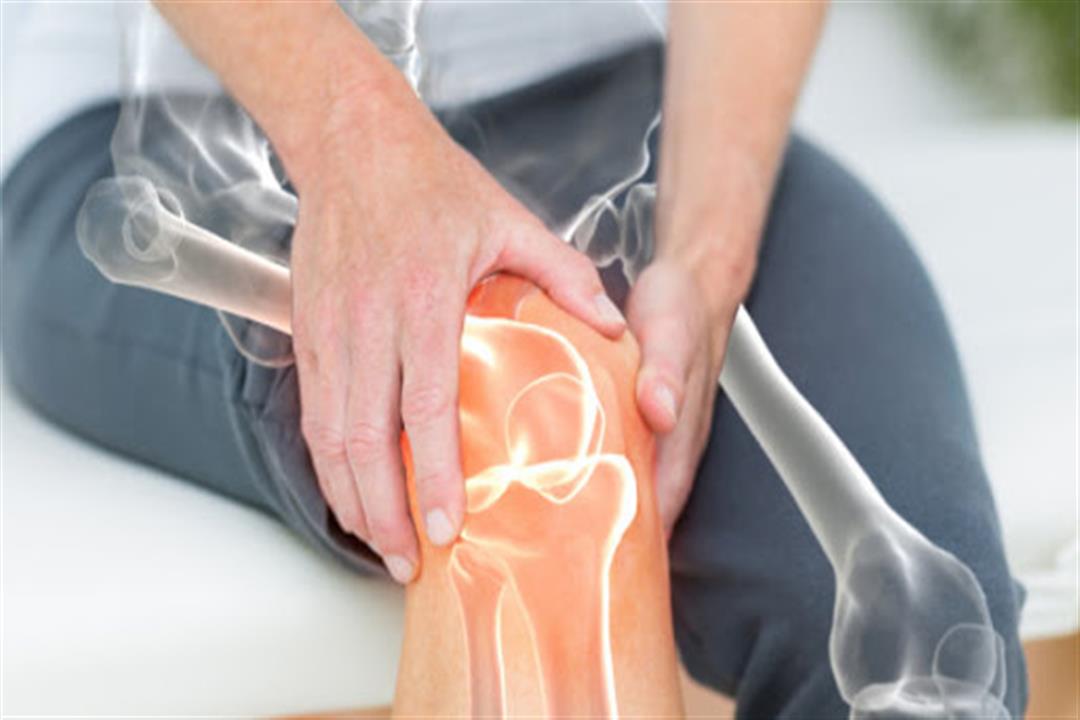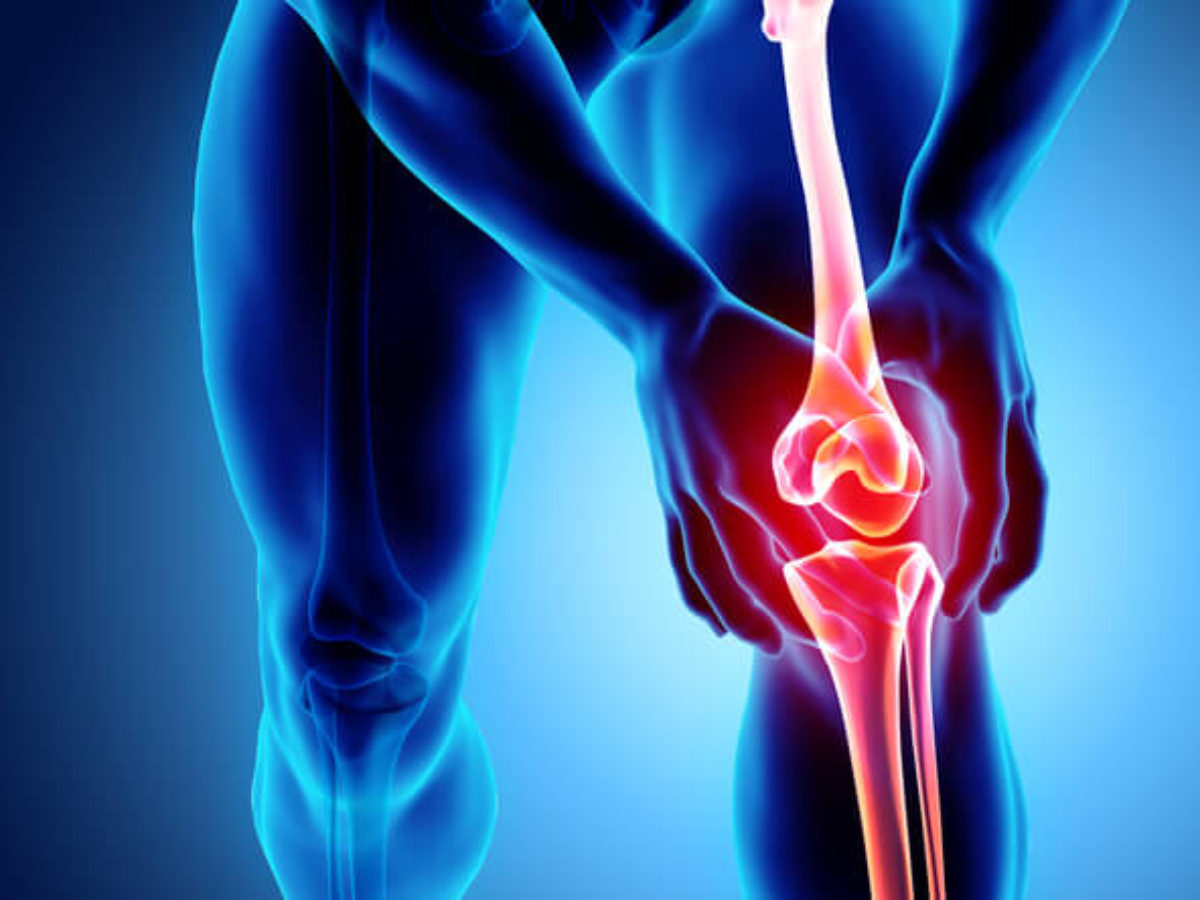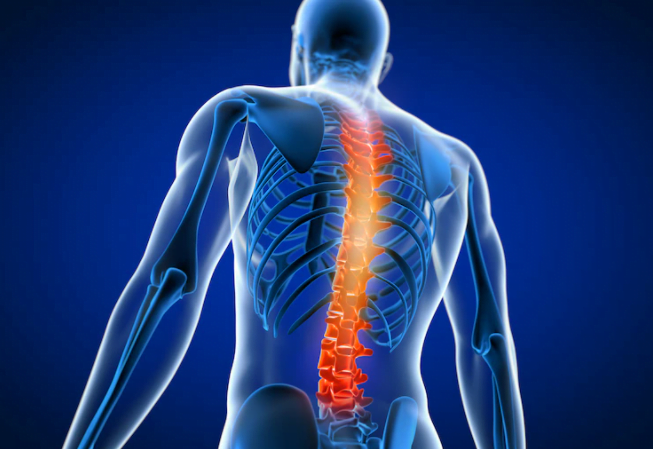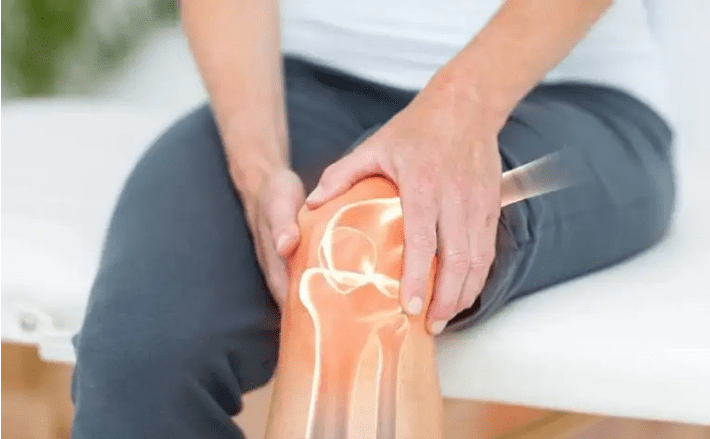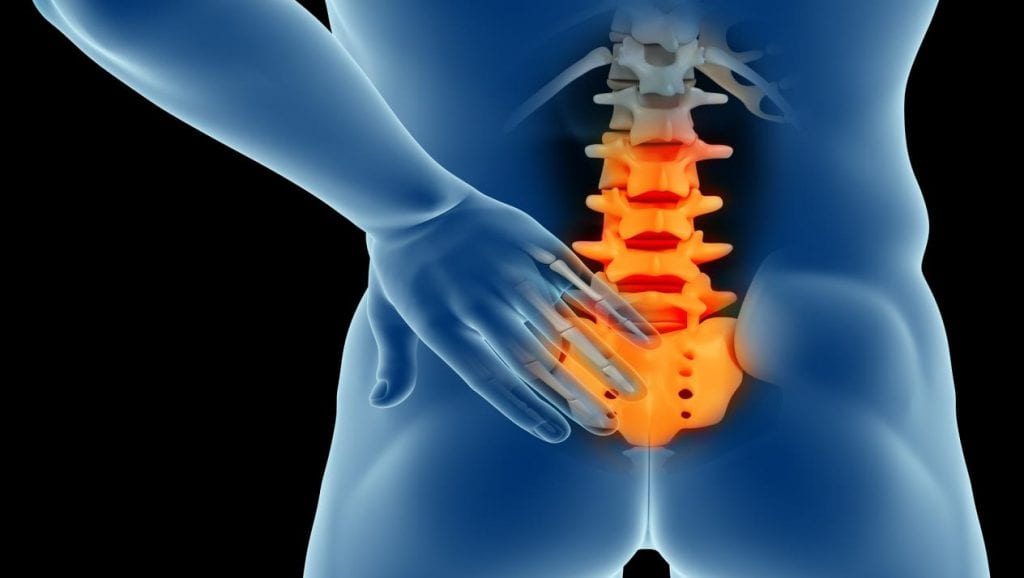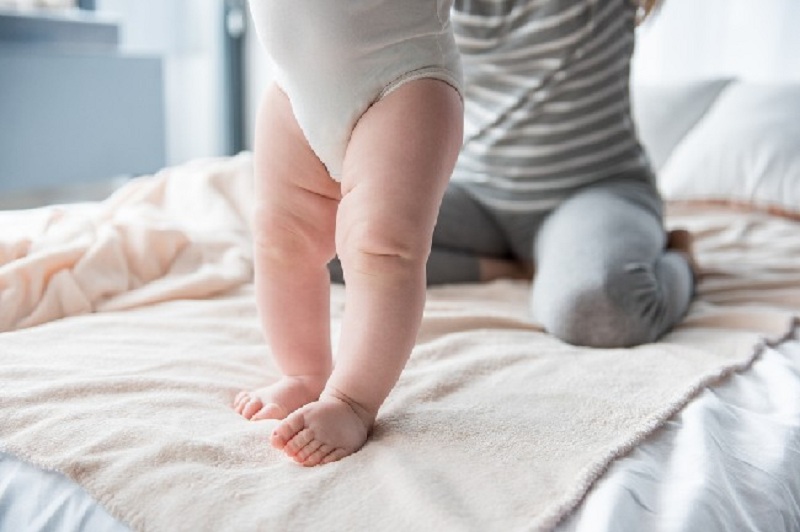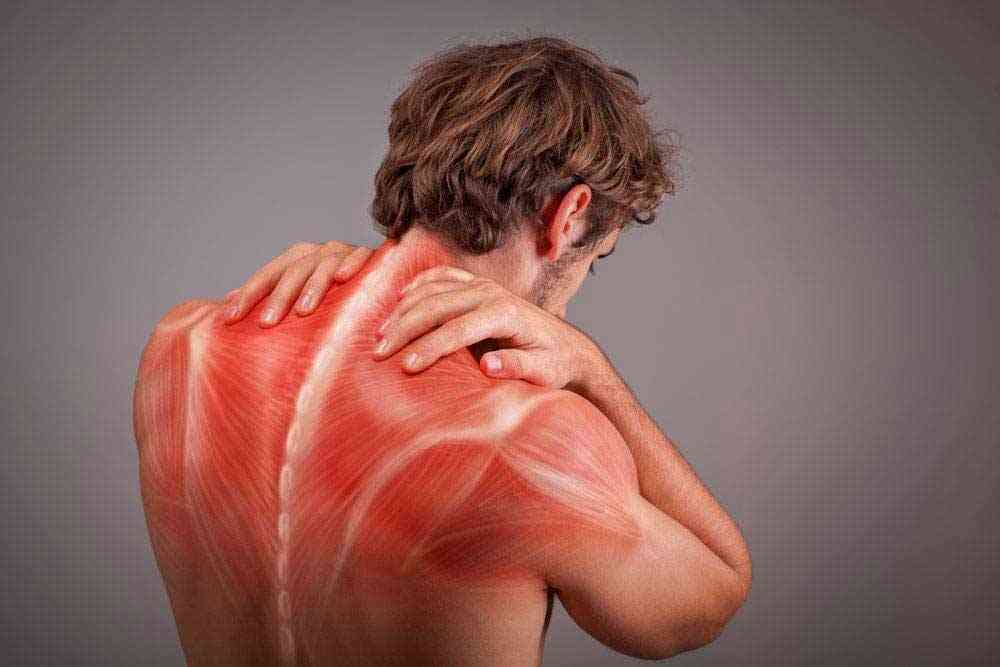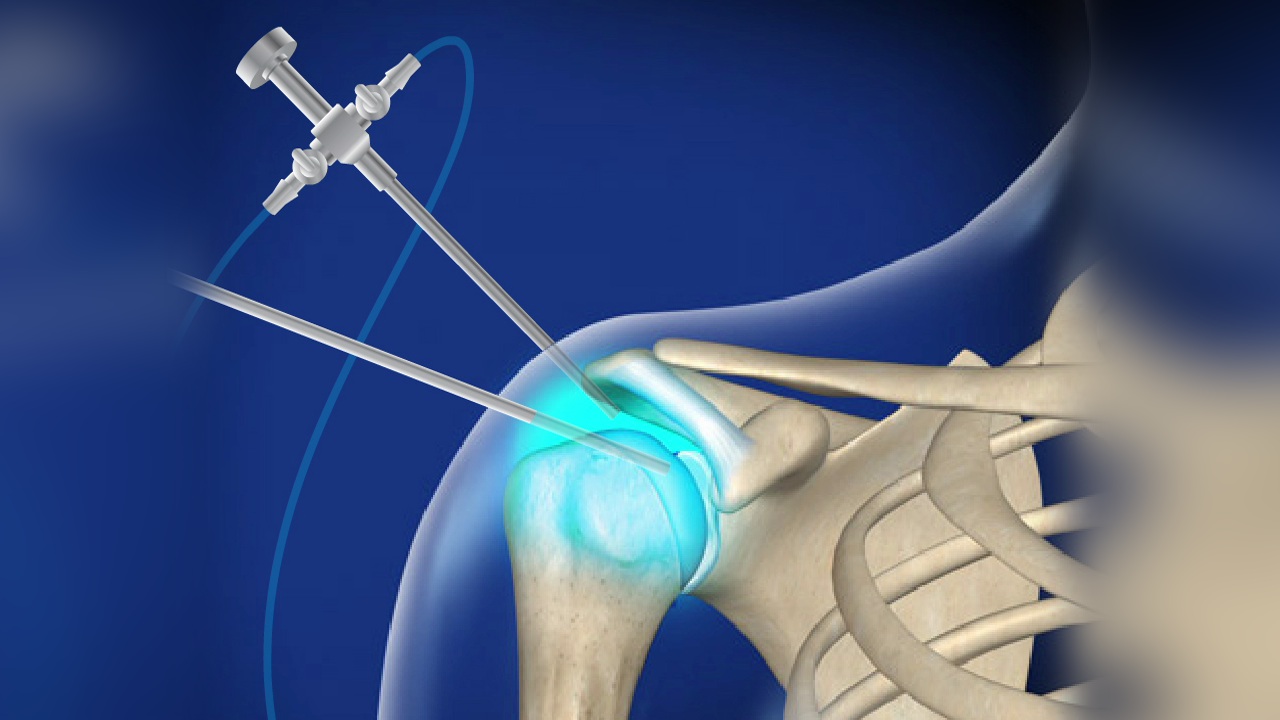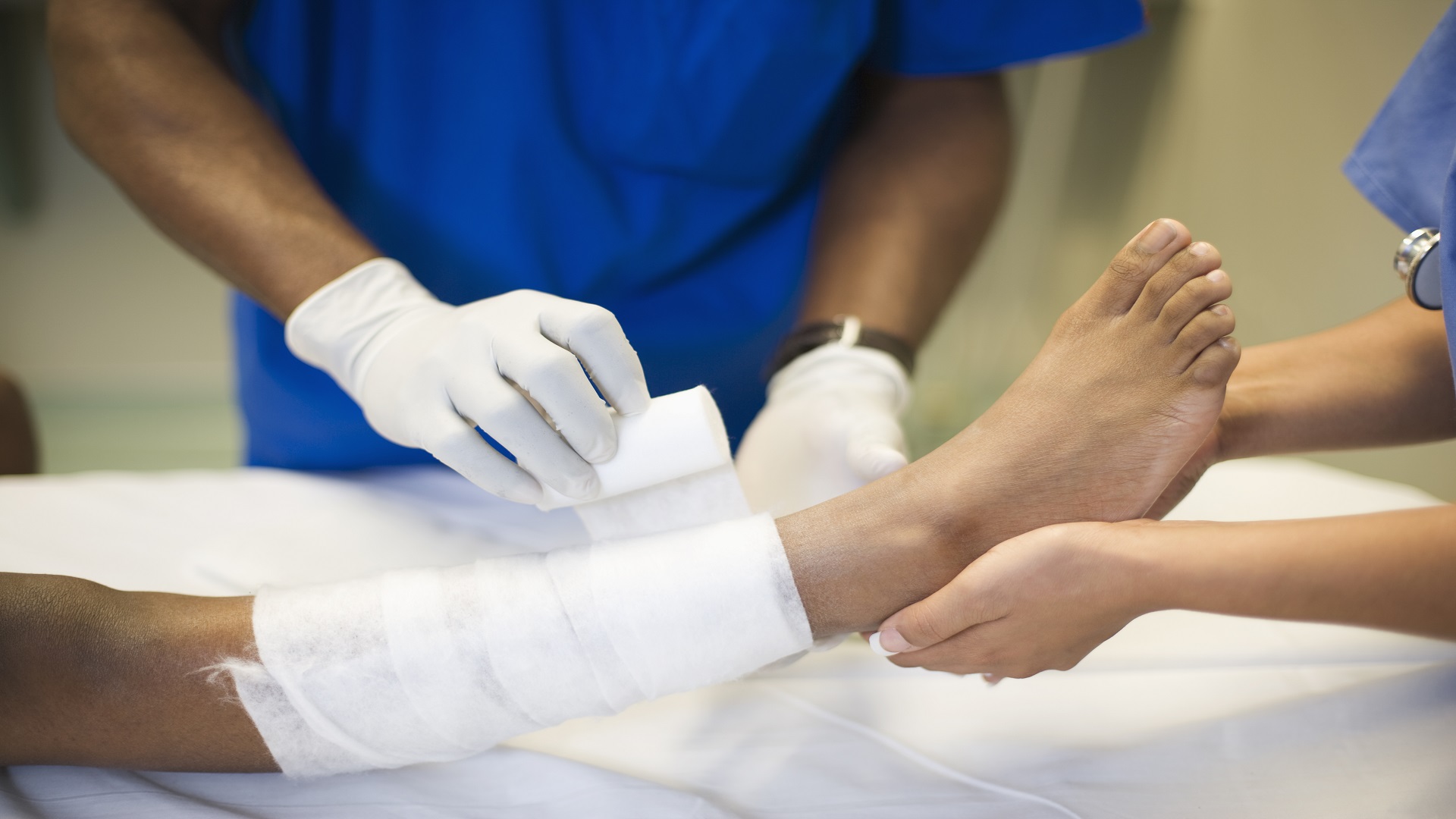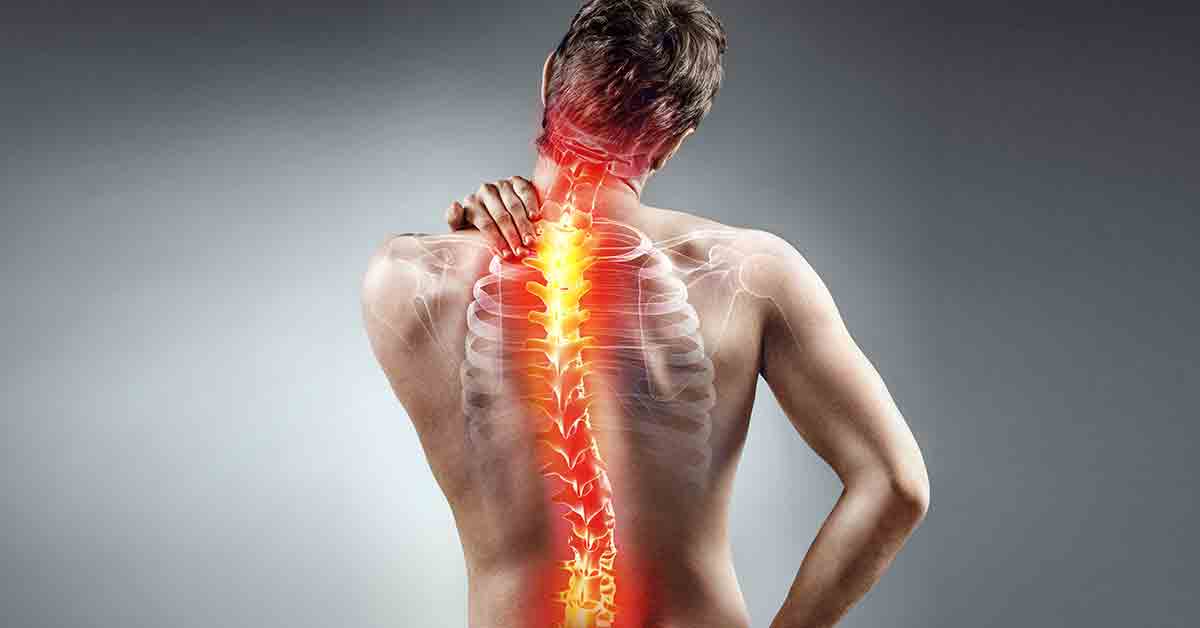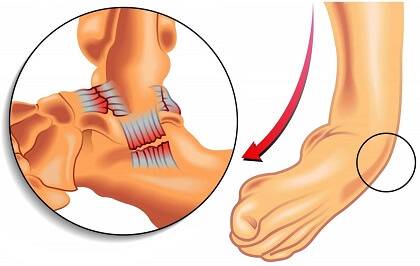Learn about the treatment of back pain and when this pain becomes serious?
Back Pain Treatment
Back pain is a common issue experienced by many people. It is often accompanied by feelings of tension and stiffness in the muscles, impacting daily life. Fortunately, there are several effective methods for relieving back pain and improving overall condition. In this article, we will review seven effective ways to treat back pain.
1- Engaging in Suitable Exercise: Exercise is an effective method for alleviating back pain. It’s best to engage in exercises that target strengthening the back muscles and improving flexibility, such as strength training, core strengthening exercises, and stretching.
2- Applying Hot or Cold Treatments: Applying hot or cold treatments to the pain area can be beneficial in relieving symptoms. Ice packs or hot water bottles can be used to apply the desired treatment.
3- Maintaining Proper Posture While Sitting and Standing: Maintaining a proper back posture while sitting and standing reduces spinal pressure. Using supportive cushions for the back while sitting can help reduce pressure and provide support.
4- Relaxation and Relaxation Techniques: Relaxation techniques such as yoga and meditation can help in reducing tension and relaxing muscles, thereby lessening back pain.
5- Taking Pain Relief Medications: In some cases, it might be necessary to take pain relief medications for back pain. However, it’s important to consult a doctor before taking any medication.
6- Physical Therapy and Massage: Physical therapy and back massages can be effective in improving blood circulation and relieving tense muscles, contributing to reduced back pain.
7- Attention to Diet and Weight: Diet and weight can have a significant impact on back health. It’s advisable to consume a balanced diet containing necessary nutrients and to maintain an ideal weight.
Don’t Forget to Consult a Doctor
If severe pain in the back or leg occurs, or if the pain persists for a long period, it’s crucial to consult a doctor to confirm the condition and discuss appropriate treatments. It may be necessary to consult specialists such as a spine specialist or rheumatologist for an assessment of the condition and prescribed treatments.
By choosing the right methods that meet your individual needs, you can alleviate back pain and improve the quality of your life. However, it’s important to remember the importance of consulting a doctor before implementing any of the mentioned treatments.
How to Treat Back Pain at Home?
Many people suffer from lower back pain and may need home treatment. In this article, we will review some effective home methods for relieving back pain.
Rest:
- Lying down in bed for some time can help alleviate back pain.
- Avoid sitting or standing for long periods, as lack of movement can lead to muscle weakness and increased back pain.
Warm and Cold Compresses:
- Applying warm compresses to the painful area of the back is effective in reducing spasms and swelling.
- Similarly, cold compresses can be used to relieve pain and reduce muscle inflammation.
Over-the-Counter Pain Relievers:
- Certain drugs available without a prescription, such as paracetamol or ibuprofen, can be used to relieve pain.
- However, it’s important to consult a doctor or pharmacist before using any drug product to ensure it is suitable for your individual health condition.
Movement and Exercise:
- Appropriate exercises can be effective in relieving pain and strengthening the muscles of the back and glutes.
- It is advisable to practice flexibility-improving exercises, such as yoga or Pilates, after consulting a health or physical therapy specialist.
Maintain a Healthy Diet:
- Eating foods rich in calcium and vitamin D, such as dairy, fish, and broccoli, can help enhance bone and joint health and thereby reduce back pain.
When trying any of these methods at home, it’s important to continue over the long term and monitor ongoing improvements. If the pain persists or increases in severity, it’s necessary to consult a doctor for an evaluation and appropriate treatment.
Remember, these tips are for general information purposes only and should not be relied upon as a substitute for professional medical care.
How to Get Rid of Back Pain in 15 Minutes?
Back pain is a very common issue that affects many people. Fortunately, there are simple and effective ways to alleviate this pain in a very short time, such as well-designed exercises that can be performed in just 15 minutes. Here are some exercises you can do to quickly relieve back pain:
- Walking Exercises:
- Walk for 15 minutes daily. Walking is one of the best exercises for strengthening muscles and improving overall posture.
- Walk on flat surfaces at a moderate pace. Avoid walking on uneven or difficult terrains.
- Stretching and Activation Exercises:
- Try the following stretching and activation exercises:
- Standing: Stand straight with your shoulders level and stretch your arms to the sides.
- Leg Training: Lift one leg onto a chair and bend towards the raised leg. Hold the position for 20-30 seconds and repeat for the other leg. Repeat this movement 5-10 times for each leg.
- Try the following stretching and activation exercises:
- Swimming:
- Practice swimming to get rid of back pain, as it’s an excellent exercise for strengthening core muscles and improving posture.
- Swimming can be beneficial for the back, as the water supports a significant portion of your body weight, relieving pressure on the spine.
- Expert Review:
- Before starting any exercises for back pain relief, it’s important to consult experts like a physical therapist or a fitness trainer for guidance and advice.
- Experts can provide effective and personalized methods to strengthen muscles and improve posture.
By regularly practicing these exercises, you can alleviate back pain and enhance your back health. Always remember that the improvement you achieve depends on consistency and regularity. Take advantage of these simple exercises in the comfort of your home to feel more flexible and enjoy unrestricted movement!
What is the treatment for lower back pain above the buttocks?
Many women suffer from lower back pain above the buttocks, and there can be several causes for this pain. In this article, we will review some possible treatments to alleviate pain in this area:
- Physical Therapy:
- The doctor may recommend physical therapy that includes exercises to strengthen core muscles and muscle stretching.
- Heat therapy or cold treatment can also be applied to the painful area to alleviate pain and swelling.
- Medications:
- Pain relievers like non-steroidal anti-inflammatory drugs (NSAIDs) can help relieve pain.
- In more severe cases, opioids or antispasmodic drugs may be recommended to alleviate pain.
- Local Injections:
- The doctor may perform local injections in the joints adjacent to the coccyx or in the upper part of the buttocks to relieve pain.
- Progressive Treatment:
- The doctor may recommend a progressive treatment that involves gradual exercises to strengthen muscles and improve physical fitness.
- Surgery:
- In rare cases and when other treatments are not responsive, surgery may be necessary to correct the problem causing the pain.
Whatever the treatments mentioned above, it is necessary to consult a doctor before adopting any type of treatment. The doctor should determine the type of pain and its cause and guide you appropriately for the appropriate treatment.



